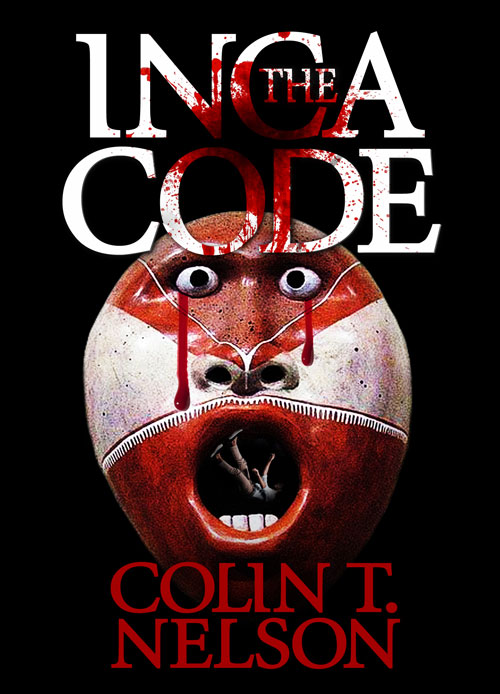For many years during the 1990’s, someone was killing and often raping a number of prostitutes in Los Angeles. Most the the victims were shot and their bodies left in dumpsters or hidden. Homicide cops investigated each crime without success. They suspected a single “Jack the Ripper” but couldn’t figure out his identity.
The murders stopped inexplicably for a few years, then more victims, killed in a similar fashion, showed up in the early 2000’s. Once again, police couldn’t identify a suspect. Things seemed hopeless for ever solving the crimes or worse, for ever stopping them.
Under California law (Only one of two states) the police had an extra weapon in these cold cases–the family.
DNA samples had been retrieved from the original crime scenes but never matched anyone in DNA data banks.
A young criminal named Mr. Franklin Jr. was convicted of theft and gave a DNA sample as part of his sentencing. A computer scan revealed that Junior’s DNA could match DNA from the murder scenes–meaning the murder suspect was either Junior or possibly a family member. Police started checking out relatives after Junior was cleared of the killings. Using saliva obtained from a discarded slice of pizza, police labs got a hit with Mr. Franklin’s father. His DNA matched that found at several of the murder scenes. He’s been charged with some of the murders and more are pending.
I find this process incredible.
Thanks to TV shows, we’ve come to think of the steps taken to find the serial killer as routine police procedure.
When I started practicing criminal law there wasn’t any DNA testing. Police worked with forensic tools like fingerprints, lint samples, blood stains, and footprints–if any of these were left at the crime scene. That meant many, many crimes went unsolved or maybe even worse, sometimes an innocent person was charged and convicted of a crime.
Even when DNA testing became available in the early 80’s, scientists debated its accuracy for years. The size of the sample (most commonly blood back then) had to be large enough for testing. In addition, the data bases used for comparison weren’t extensive enough to satisfy the necessary statistical probabilities for accuracy.
Today, all that has changed.
Scientists can obtain DNA from increasingly small samples. Dried saliva on a cigarette butt, saliva on a half-eaten piece of pizza, or even skin cells found under the fingernails of a crime victim could provide an accurate DNA sample.
What’s new about the Los Angeles case, dubbed the “Grim Sleeper” since the murders stopped for awhile, is the ability of law enforcement to check family members without their permission.
Privacy rights groups warn about expanding the practice.
If your family is like mine, within our extended family, we have two known and convicted criminals. And there’s probably lots more going on with other members that we don’t know about.
So, how would you like law enforcement running DNA checks on you, looking for matches because you second cousin was convicted of stealing a car? Sure, DNA is very accurate, but would you even want to be implicated or investigated? What other things might turn-up that police could find out about you?
My guess is that most people would be willing to expand this law enforcement tool and give-up their privacy if that would help fight crime.
What do you think?






